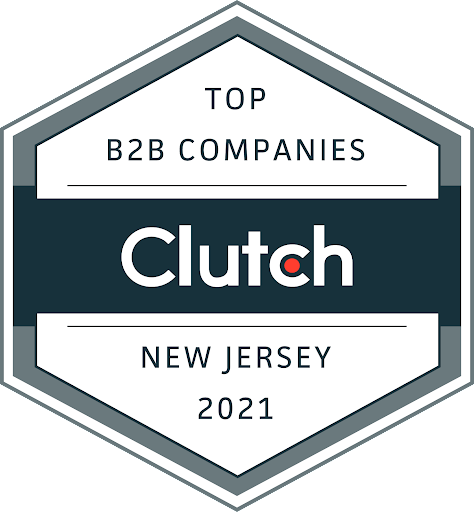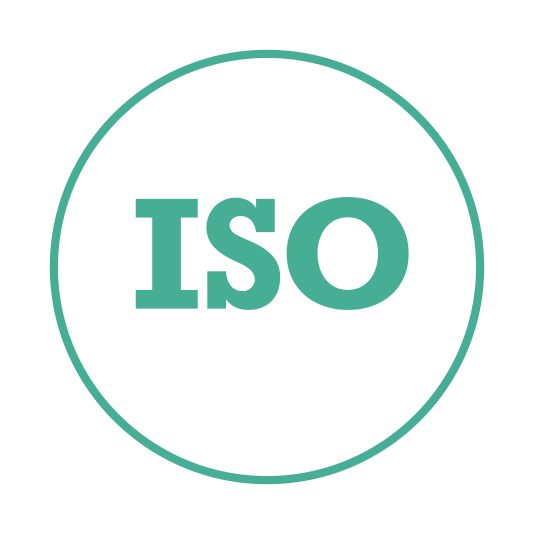
With a rich background in persuasive sales copywriting and email marketing, plus a decade of self-employment in copywriting and marketing, Nicole Hunt brings a unique blend of creativity and data-driven insights to every project. In our interview, she reflects on her writing process, the differences between writing for government organizations and private clients, and why she made the leap into experience marketing after so many years of being her own boss.
Q. Prior to working at Urban Emu, you worked for yourself for nearly a decade. What made you decide to switch from self-employment to working for a company?
A. I really loved working for myself and working with so many clients, but I realized that I had maxed out my growth potential in that role unless I wanted to grow into an agency. I never had an interest in running an organization. I like to create and I love marketing and strategy! And growing my business to the next level would take me away from the creative process. I also wanted to write for federal clients, which I couldn’t do in my existing role. There’s a Taylor Swift song called “It’s Time to Go” about how you can just feel it in your bones when it’s time to make a change — and I reached the point where I felt it all the time — scratching at me under my skin. It was time for the next step.
Q. How is writing for the government different from writing for other clients?
A. There is no refined target audience. Typically, when writing copy for a niche product or service, you can identify their specific needs, language, and desires, and speak directly to them based on their perspective. When writing for the government, the audience is people living in the U.S. So the process changes a lot. Rather than focus on specific pain points, they’re much more broad — like buckets of pain points. Also, the end goal is completely different. For-profit copywriting pushes for the sale — a one-and-done event in which the reader converts. In government copywriting, the goal is education and the payoff is so much bigger – impacting human lives in meaningful ways.
Q. Can you tell me about your writing process? How do you create impactful copy or content?
A. When I’m working with a new client, I start by understanding their goals as an organization. I immerse myself in their brand — from their website and social media channels to any existing copy or marketing decks that I can get my hands on. This teaches me about the products or services they offer and the unique benefits they provide. Then, I identify the audience’s pain points. This can be done in a number of ways, but my favorite is to search websites like Reddit and Amazon to see what people are saying about either the brand or the issue that the brand solves. As an example, if I were to write about a shampoo, I would look up reviews for similar shampoos on Amazon and see what people are saying. Why did they buy the shampoo in the first place? What language do they use to describe their issues or complaints? Then, I imagine that person sitting in front of me, in as much detail as possible, and begin writing as if I’m talking to them out loud. From there, it’s a lot of editing. The best copywriting has a planned structure (which varies depending on what I’m writing), so there’s also some structuring involved.
In between, I’m thinking about the audience journey—what do they already know about the product or service before they arrive at the page I’m writing? I want to strike a balance between informing and persuading without being overwhelming. I always have an idea of the goal of the piece of content in mind. Not everything is meant to sell or move people along in the consumer journey. Some things are meant to educate/inform, clarify, or address a specific issue or obstacle.
Q. How do you approach balancing creativity with data-driven insights in your writing?
A. I’ve been writing a lot of case studies lately, so this is actually top of mind. At its core, copywriting is really a matter of telling a story people want to read. Stats and hard data actually make this process easier since the data already has a story woven in. It’s less a matter of finding the story and more a matter of being descriptive when telling the story that’s right in front of you. Now that I’m thinking about it, this is also likely why I like math and science so much. Data always speaks for itself.
Plus, people love data. Hard data and testimonials are the two most effective ways to persuade someone of something. That’s why we all read Tripadvisor reviews before booking a hotel and check the Goodreads score before choosing our next book.
Q. You’ve mentioned that you have a background in email copywriting. In your experience, what are some key elements you believe are essential for crafting compelling email campaigns?
A. There are so many things that go into it. Consistency for sure. Clarity and brevity. A single CTA for each email. Persuasive subject lines. A compelling hook. Outside of copywriting, you need strong visual design, a solid send strategy, and a reliable automation tool. And above all that, you need a message that’s important and relevant enough to entice people to keep opening your emails and a lead generation strategy that consistently grows your audience.
Q. What do you think sets apart persuasive writing from other forms of content creation, and how do you ensure your copy resonates with the intended audience?
A. Persuasive writing is rooted firmly in the present. It captures its audience exactly where they are and has to be compelling enough to take their attention away from the 20 other things vying for their time. If you don’t know exactly what they need to hear, you’ll lose them. Other forms of creative writing can engage the user on their own time. It’s less essential to understand their real-world experience and more important to capture their imagination.
As for the second part of your question—how to ensure copy resonates with the intended audience—a lot relies on research ahead of time to ensure you’re speaking to relevant pain points in a familiar language, and a lot relies on the marketing engine behind the copy to ensure it ends up in the right spaces at the right time.
Q. What do you consider to be the most difficult aspect of copywriting?
A. Knowing what NOT to include in any given piece of copy. It’s tempting to want to tell the reader everything about your product or service all at once, but that’s a quick way to lose someone. Instead, you need to map out the user journey, identify what information they need at the beginning of a brand relationship, and limit your communications to those things.
It’s the lesson I have to remind myself over and over.
Q. What’s your favorite thing about working at Urban Emu?
A. My favorite thing is definitely the people. I truly think it’s the best group of people — who are all so talented, driven, and focused. We work hard, but it never feels like hard work because there’s always some levity and laughter. And we all appreciate each other and make it known. You really can’t ask for more than that.
We’re so grateful to have Nicole on our team to tell compelling stories that resonate with our clients and their audiences. Stay tuned for more teammate spotlights.
Contact Us
Urban Emu is an experience agency proudly driven by a singular mission: to transform the way humans live. We achieve this through a powerful fusion of design, technology, and communications, creating unparalleled online and offline experiences.
We love to hear about ideas big or small. Please don’t hesitate to get in touch with us regarding your project.
Email: hello@urbanemu.com






